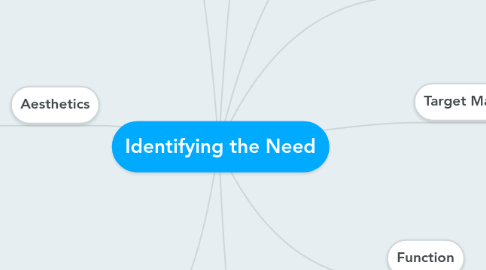Identifying the Need
by Veronica Aviles

1. Aesthetics
1.1. The game box, board, cards and/or game pieces, must be pleasing to the eye of the player or players.
1.2. The game board must fit in the box and the game pieces must fit the size of the moving spaces across the board.
1.3. The title and instructions should be legible, but at the same time, good-looking.
1.4. Although the latter is true, the aesthetics should not distract totally for actually playing and understanding the game.
1.5. The font of the instructions should be legible and not blurry.
2. Manufacture
2.1. materials and processes that we are going to use and also what the year 10s before us used.
2.2. sanding the wood correctly so as to avoid splinters.
3. Safety
3.1. The game pieces, cards and game board, must not be sharp in any way. Nor should pieces break off and possibly cause a hazard to children.
3.2. Game should be able to be played anywhere, safely (exceptions are lopsided surfaces and moving objects).
3.3. None of the materials or products used in the making if the box or pieces insides should be harmful or dangerous for the children playing.
4. Environment
4.1. The game box must be able to be placed somewhere in the PYP library.
5. Target Market
5.1. The target market is students from Years 4 and 5. These have not necessarily read the book we end up choosing. Ages 6 and up.
5.2. As partners, we went down to the library and asked the librarians which year group took out our book the most: Year 5.
6. Function
6.1. These board games are being made to encourage children in year 4 & 5 to read or read more often. This is something that is increasingly important in today's world. With ever-growing technological developments, there seems to be less time for children to read paper books.
6.2. One of the functions of the game box should be to keep the game pieces inside and make sure they don't get lost.
7. Materials
7.1. Wood to make the exterior of the box and the game board
7.2. Acrylic to make the game pieces/figurines
7.3. Paper and laminating plastic to make the cards and the instructions.
8. Ergonomics
8.1. Anthropometircs (measurements and hands size)
8.2. Usability. Do they understand the instructions? Comprehension...
9. Size
9.1. 140 x 140 (mm)


